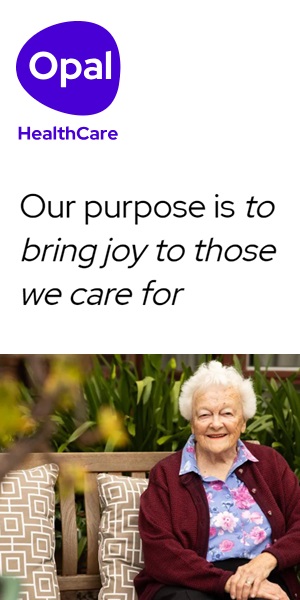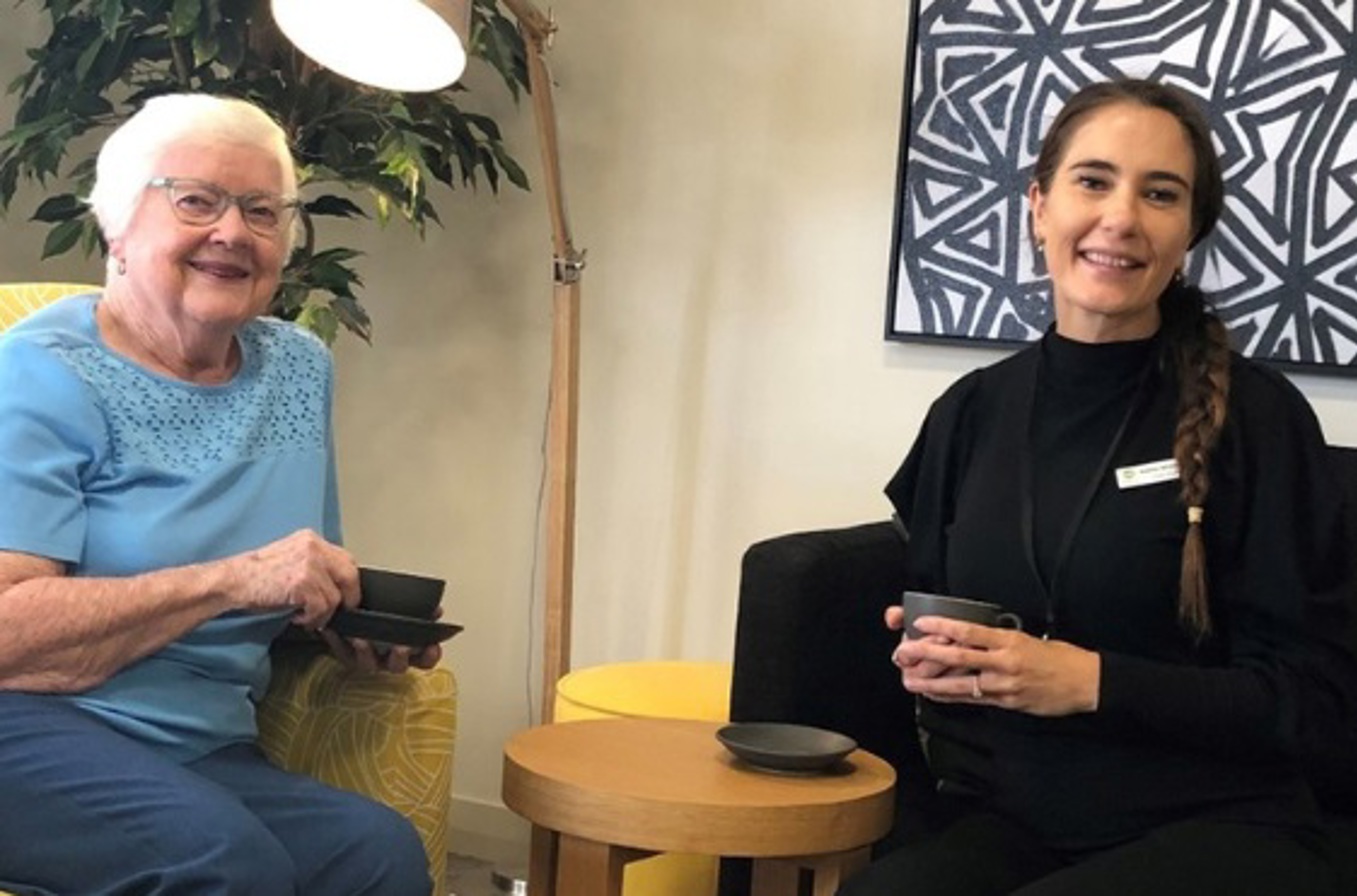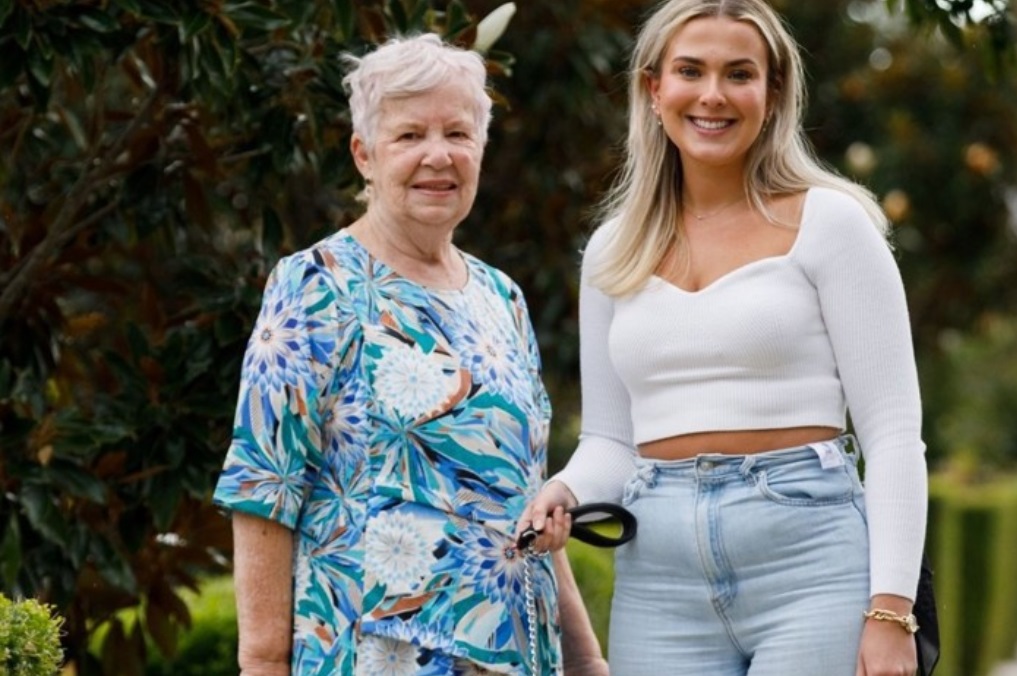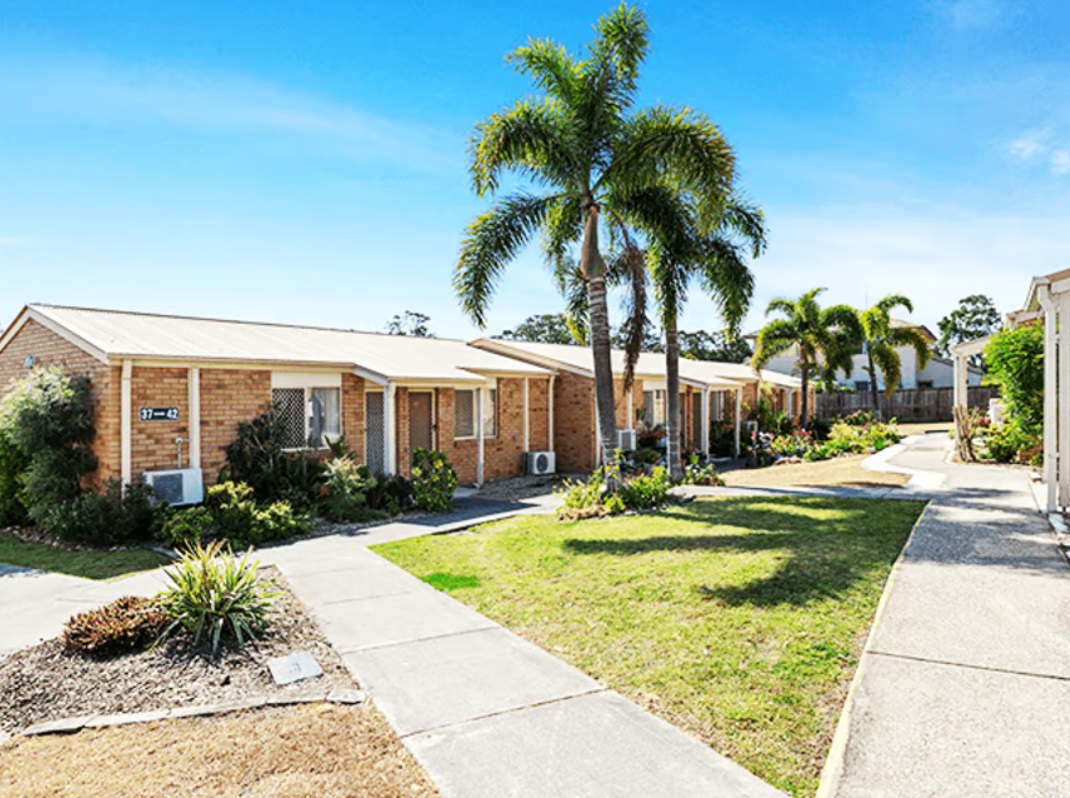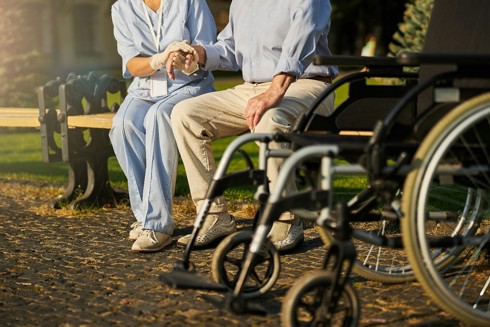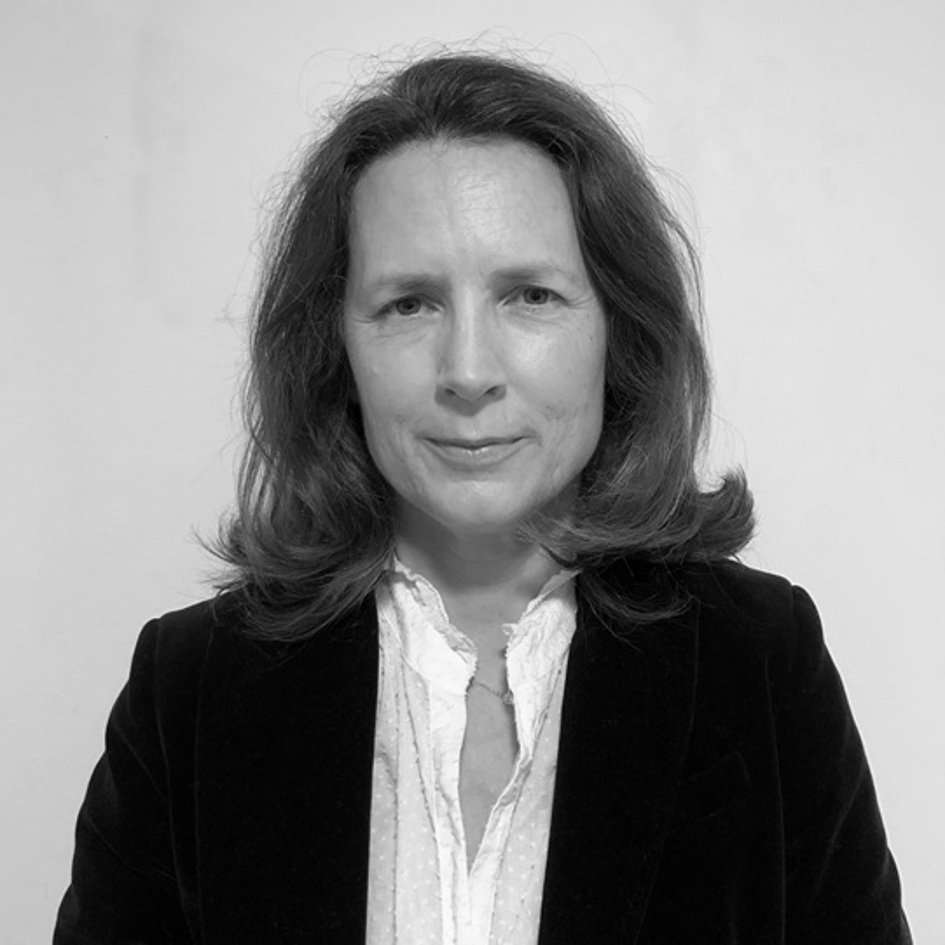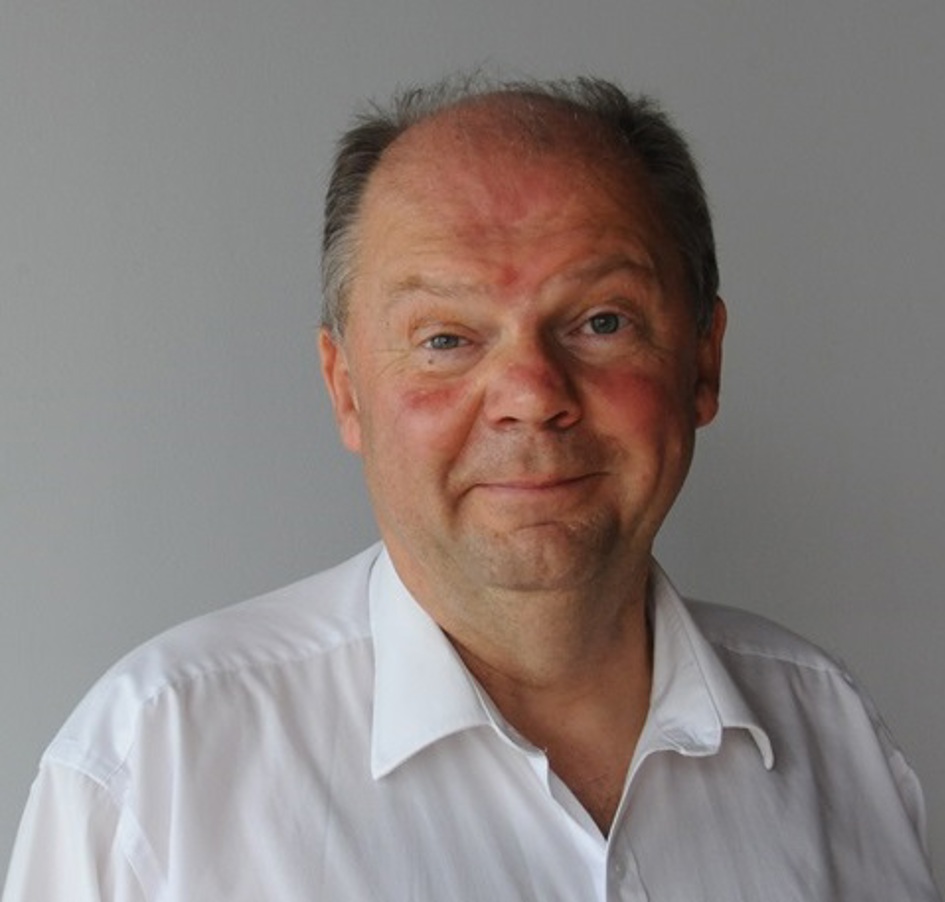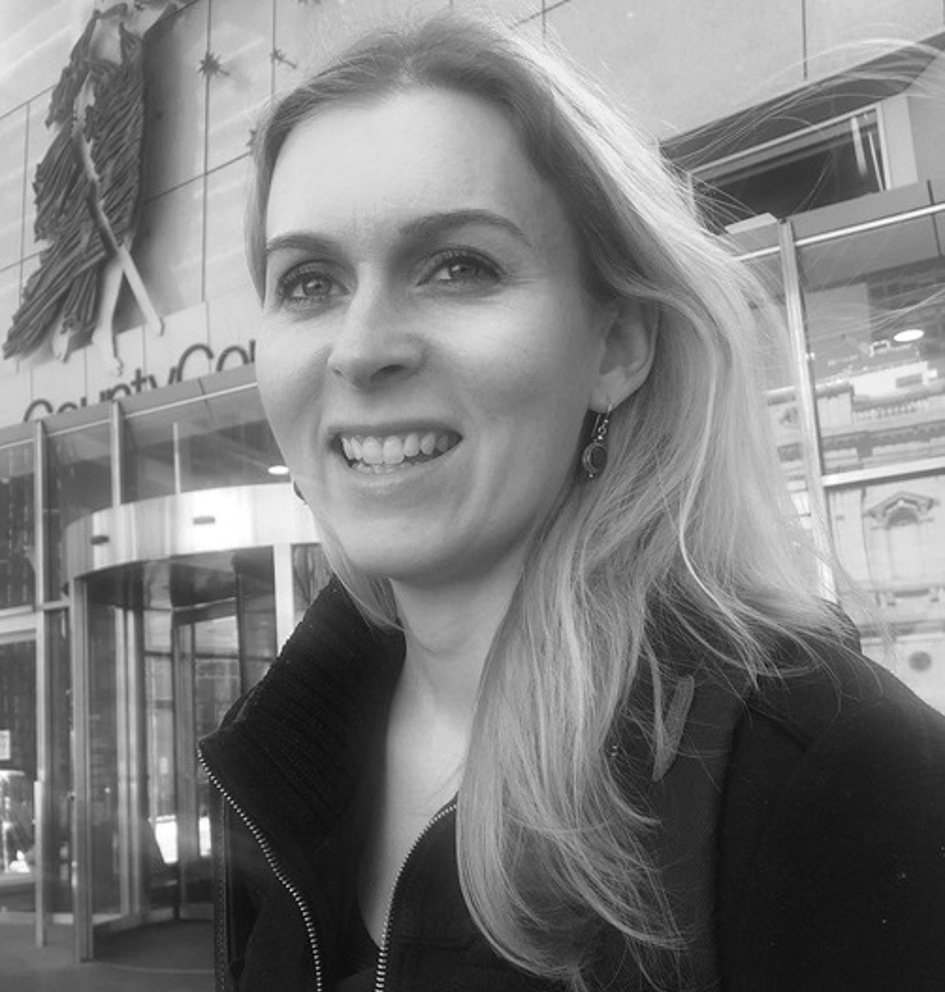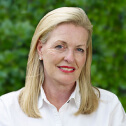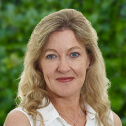Did Tuesday’s Federal Budget help seniors?

Seniors are still feeling the pressure of rising living costs, and on Tuesday, Treasurer Jim Chalmers presented a cost-of-living Budget in response. But did it really deliver for older Australians? Here’s a breakdown of the key announcements that could affect seniors:
Key Budget announcements for seniors:
- Deeming rate freeze extended:
The deeming rates, which the Government uses to estimate the income seniors earn from their financial assets, were frozen in May 2022 as part of a cost-of-living measure. The Albanese Government has extended this freeze again in this year’s Budget. If the rates were to rise in line with the cash rate, many welfare recipients could face payment cuts. This freeze will continue until 30 June 2025, but COTA Australia is urging the Government to confirm its intentions beyond this date. - Cheaper medicines:
Seniors will benefit from a reduction in medicine prices under the Pharmaceutical Benefits Scheme (PBS). The cost of many medicines will drop from $31.50 to $25, helping ease financial strain for those who rely on medication. - Bulk-billing Challenges:
While the Government aims to make bulk-billing the standard for GPs, there has been a decrease in bulk-billing rates in many areas. A recent survey showed a decline in bulk-billing across 131 out of 151 electorates. Seniors may find themselves facing higher out-of-pocket costs for GP visits despite Government efforts to improve access. - Energy bill subsidies extended:
A $150 rebate on energy bills will continue until the end of 2025, offering some relief to seniors struggling with higher energy costs. - Modest tax cuts for seniors:
Seniors aged 50 and over will see modest tax cuts in 2026 and 2027. Around 4.6 million people over 50 will benefit from this, helping reduce the tax burden in the coming years. - Increased Medicare Levy exemptions:
More than 1 million low-income seniors and pensioners will continue to be exempt from paying the Medicare levy, or they will pay a reduced rate. A single person could save up to $122 per year, helping ease financial pressures.
What’s missing?

Despite some helpful measures, COTA Australia CEO Patricia Sparrow (pictured) expressed disappointment that the Government didn’t go further. She had hoped to see:
- Confirmation of the deeming rate freeze beyond 2025.
- Introduction of a Seniors Dental Benefit Scheme, which would address the rising costs of dental care for older Australians.
- Additional initiatives like a seniors’ default NBN plan, action against ageism, more Support at Home packages to reduce waiting times, and targeted efforts to tackle housing affordability.
While this year’s Budget provides some relief, many seniors feel that more could have been done to address their specific needs, especially with the ongoing pressures of cost-of-living increases.
